Saturday 11th April 2020
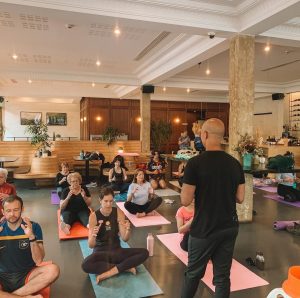
Parkinson’s greatly impacts the way a person moves because of dysfunction within the basal ganglia, the area within the brain affecting motor control and movement. How you move greatly impacts your quality of life and those around you.
Yoga can help those with Parkinson’s. Yoga may improve functional mobility, stability, balance, coordination, posture, strength, range of movement, confidence and reduce fear of falling. Yoga may also help with stress and anxiety, sleep and self-efficacy. Living with Parkinson’s can be a difficult and sometimes lonely time. Attending a yoga class is a terrific way of promoting social participation and inclusion.
Yoga means union or harmony and is a practice that integrates breathing, stretching, balance and strength for a holistic exercise.
Yoga has been around for thousands of years, however, has only recently become more accepted as a complementary treatment modality for people with Parkinson’s other neurological conditions.
Relaxation is a key focus in a typical yoga class for Parkinson’s. There are also many great standing, seated and lying down poses to try. You don’t need to be able to touch your toes, put your legs behind your head or have any previous experience. A good teacher familiar with neurological conditions like Parkinson’s will be able to modify yoga poses for you, and tailor a specific yoga program suited to your capabilities whilst maintaining a safe and fun environment.
Below are 5 yoga poses that can promote greater ease of movement and make you feel more joy within your body. Before commencing any physical exercise program like yoga remember to consult with your health professional.
5 Yoga Poses for Parkinson’s
Importantly when trying or practising yoga some days will feel easier than others. Honour what you feel, smile and laugh. Some days sitting or breathing feels more important than trying more vigorous movements.
Remember it is only yoga so, just breathe.
Written by: Marcus Edwardes
References
- Deloitte Access Economics, ‘Living with Parkinson’s Disease: An Updated Economic Analysis 2014. Parkinson’s Australia Inc. August 2015
- Meng Ni, Kiersten Mooney, Joseph F. Signorile ‘Controlled Pilot Study of the Effects of Power Yoga in Parkinson’s Disease. Complementary Therapies in Medicine 25 (2016) 126-13
- Neena K Sharma, Kristin Robbins, Kathleen Wagner and Yvonne M Cogrove. ‘A Randomized Controlled Pilot Study of the Therapeutic Effects of Yoga in People with Parkinson’s Disease. International Journal of Yoga 2015 Jan-June; 8 (1): pp. 74-79.
To find out how we can help please do not hesitate to contact our friendly team on (02) 6210 0060 or book an appointment online.


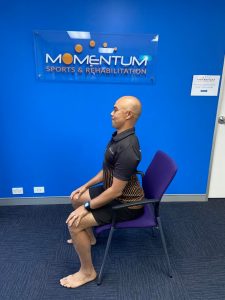
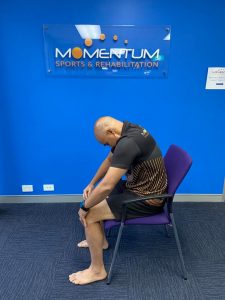
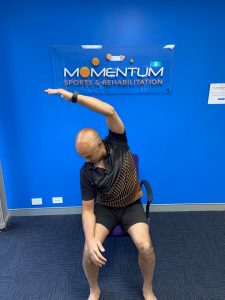
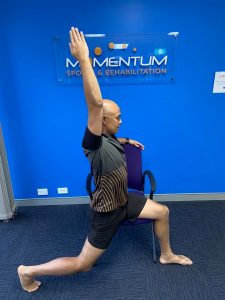
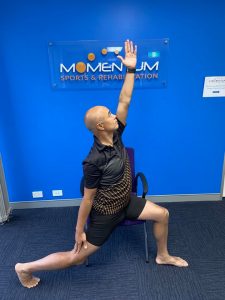
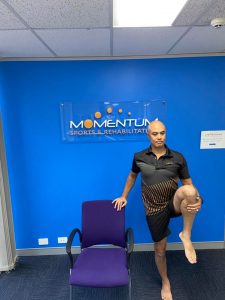
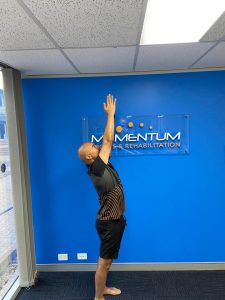
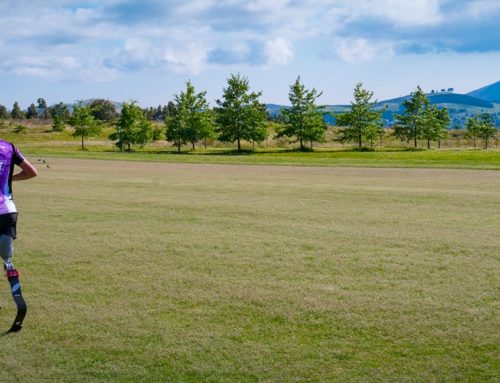
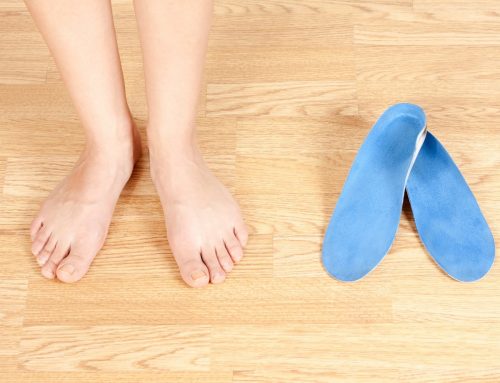
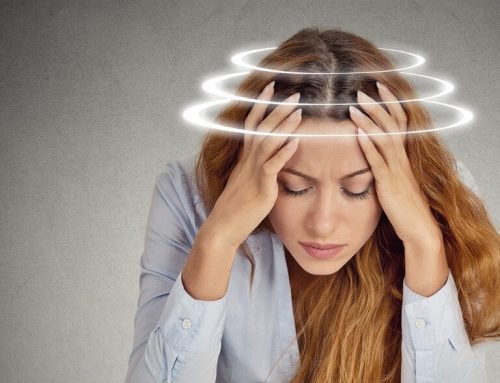
Leave A Comment